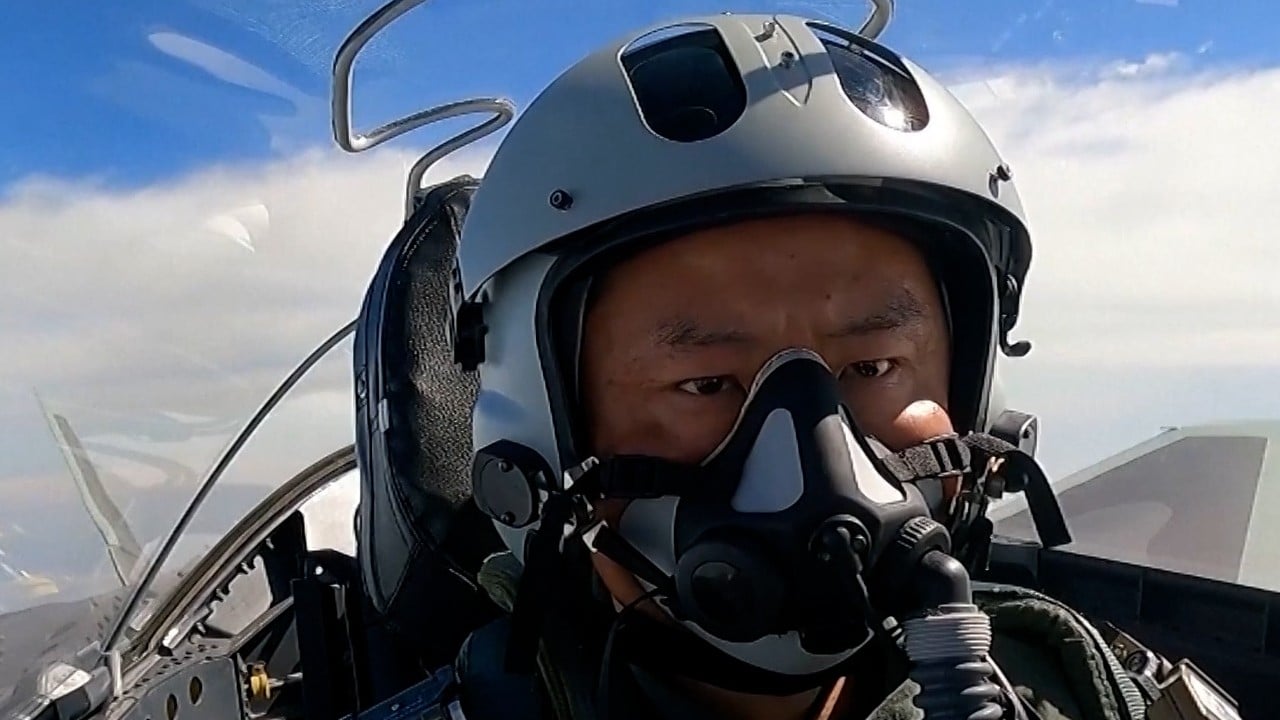
China to relax aviation rules in Shenzhen, opening the skies to more low-altitude and cross-border flights in Greater Bay Area
- China will also enhance the management of low-altitude flights in Hong Kong and Macau
- China’s airspace is largely controlled by the military, even as commercial aviation has been expanding rapidly, and this can result in chronic delays for domestic flights
The plan, outlined in new guidelines published on Wednesday, also said Shenzhen will develop various types of general aviation services, such as cross-border helicopter flights and short-distance travel options.
David Yu, an aviation financing expert and a professor of finance at New York University Shanghai, said the low-altitude flight management is a highlight of the plan, as it could spur growth in general aviation and private air travel.
In aviation, low-altitude flying occurs below 1,000 feet (305 metres). Helicopters, for example, can be flown at low altitudes.
“One of the things they have been trying to do is open up low-altitude airspace so there are more possibilities for general aviation – that’s one area the government is trying to push,” Yu said.
“I think the [aviation part of the] plan will help integrate areas such as commerce, inter-connectivity and cargo flights, which will also develop the service industry in areas such as investment and insurance.”
Guo Wanda, vice-president of the Shenzhen-based China Development Institute – a think tank affiliated with the Guangdong government – said that the relaxation of restrictions could also provide new opportunities for Hong Kong-based air carriers.
There had been signs that the Chinese government was warming up to the idea of relaxing its airspace restrictions for commercial flights.
In April, state media reported on a major leadership shake-up at the Central Air Traffic Management Committee, putting it under the direction of Vice-Premier Han Zheng.
Han said China needed to address weaknesses in its air-traffic management, and that it must move forward with necessary reforms.
His oversight of the commission illustrates how important air-traffic management has become in China. The commission is a central government body, while the existing air-traffic control body – the Air Traffic Control Commission – operates under the Central Military Commission.
Separately, the NDRC said in its new plan that Shenzhen will further deepen and expand a pilot programme for unmanned aerial vehicle (UAV) flight management, and this should cut the time needed for application approvals, including by civilians who wish to fly drones.
Additionally, there are plans to introduce freight-transport routes for drones and unmanned ships between Shenzhen and Zhuhai.



